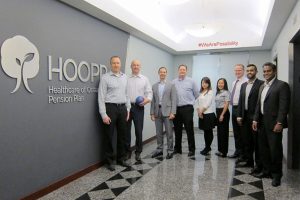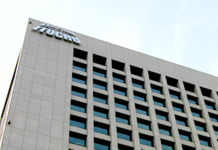When Reno Bugiardini talks about achieving excellence in IT innovation, he focuses on organizational structure. More specifically, he focuses on flattening it.
Bugiardini takes great pride in the way his department at the Healthcare of Ontario Pension Plan (HOOPP) has worked to become more horizontal. With 25 years of IT leadership under his belt, and as current Senior Vice President of Information Technology & Facilities Services at HOOPP, one of Canada’s largest pension funds, Bugiardini’s expertise on the matter is not to be taken lightly. It is this approach that has allowed HOOPP to continue operating without a hitch even during the pandemic. By revamping to reduce hierarchy – eliminating the need to obtain approval on a task, for example, or to check if they were fully in line with the company’s philosophy – HOOPP ensured that they could work quickly and successfully, even in the face of a major challenge.
Over the course of three years, Bugiardini worked with his colleagues to reimagine the team’s approach. This restructuring was one of three outcomes. The other two new strategies that they implemented were a cloud-first approach and the Agile Method approaches to their projects. The Agile Method has been widely used among software developers, including by successful companies such as IBM, as part of their own restructuring processes
By building collaboration and dialogue between the IT side and senior management into their regular work process, HOOPP aims to ensure that its digital strategy is always aligned to the organization’s overall approach.
These improvements have followed some challenging times for the organization. Last September, HOOPP was brought into court in Denmark over a $133 million dispute regarding whether it had improperly claimed hundreds of millions of dollars in tax rebates on Danish stock dividends. At issue was not whether HOOPP had committed fraud, but whether they actually owned the shares or had temporarily borrowed the stock and collected dividends on it. As of February of this year, the Danish Tax Agency was demanding repayment.
Though the company was able to work successfully through the COVID crisis, HOOPP did take a market hit in March, but was able to remain fully funded with a small surplus.

























